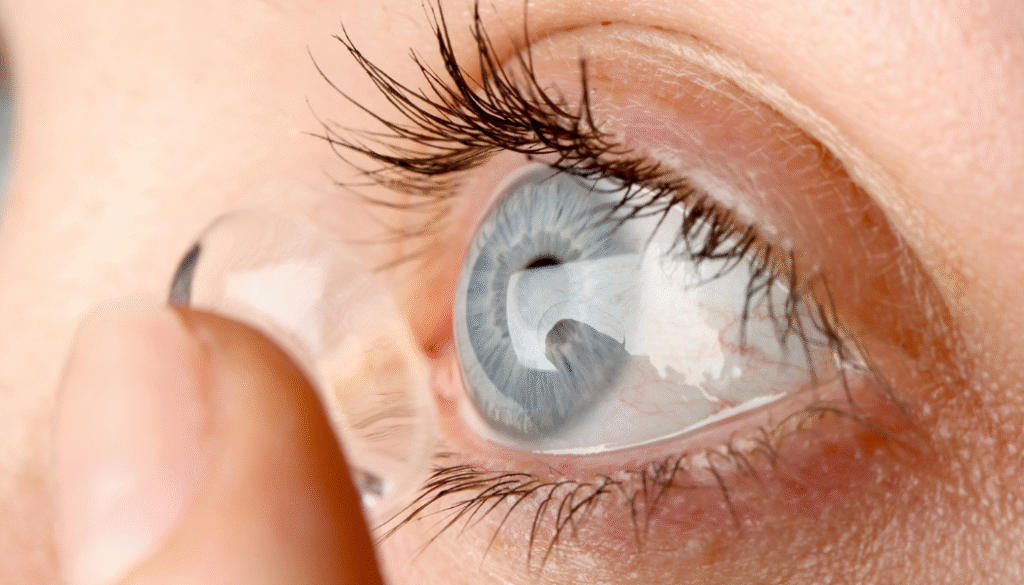Most patients spend between $1,000 and $2,000 per eye, depending on provider and region.

Orthokeratology, often called ortho-k, is a non-surgical vision correction therapy used to treat myopia (nearsightedness) or astigmatism. The method relies on special corneal refractive therapy lenses that gently reshape the cornea overnight. By morning, patients can see clearly without glasses or daytime contacts.
These gas permeable corneal molding lenses are placed before sleep and worn through the night. While you rest, they reshape the surface of the eye so you wake up with improved vision. The effect is temporary, which means lenses need to be worn nightly to keep vision sharp.
Currently, three brands of Ortho-K lenses have FDA approval:
This option works well for children, teens, and adults who are not good candidates for surgery. It’s also a good fit for people who play sports or work in dusty settings where glasses or soft contacts are inconvenient. Because it’s non-permanent, orthokeratology eye care can be stopped at any time without lasting effects.
Most patients experience vision improvement within one or two nights. Full results may take a few weeks. During this time, vision may fluctuate, and some patients notice glare or halos at night. A backup pair of glasses may be needed for driving until results stabilize.
Clinical trials of CRT contact lenses and VST show strong results. Over 65% of patients reach 20/20 vision. More than 90% reach 20/40 or better, which meets driving standards in most states.
Because overnight vision correction is done while sleeping, most people adjust quickly. Unlike daytime gas permeable contacts, these are less noticeable since you’re asleep while wearing them.
Non-surgical vision improvement with ortho-k usually costs more than standard contacts. Fitting requires multiple visits, several pairs of lenses, and careful follow-up. Fees vary by clinic and prescription strength, but patients should expect higher costs than regular contact lenses.
Many view ortho-k as a non-surgical alternative to LASIK. Still, LASIK is possible after ortho-k if you decide to pursue surgery later. Since the cornea is reshaped by lenses, you must stop wearing them for several months before LASIK. This gives the cornea time to return to its natural shape. Always inform your LASIK surgeon if you have used ortho-k.
Costs vary but are higher than standard contacts. Fitting, follow-ups, and lenses add to the total.
Temporary blurred vision, halos, and the need for nightly wear are common challenges.
Neither is “better” for everyone. Ortho-k is reversible and non-surgical, while LASIK is permanent.